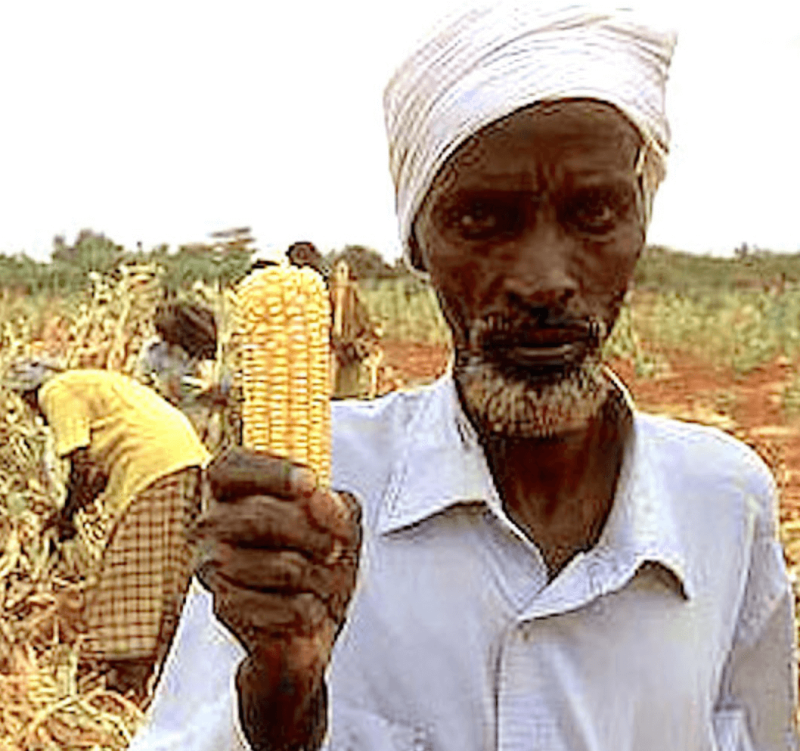The GLP aggregated and excerpted this blog/article to reflect the diversity of news, opinion, and analysis.
The debate sparked by Deputy President William Ruto’s recent announcement that Kenya’s ban on the importation and use of genetically modified organism (GMO) foods will be lifted continues to rage.
Opponents of GMO foods insist the push to lift the ban is a multinational agenda. In an environment where scientists, State actors and multinational corporations are united under public-private partnership, separating public good from vested interests can be complex.
The African Agricultural Technology Foundation (AATF), is a major promoter of GMO technology. Its donors include multinationals Monsanto, BASF, Dow Agro, Pioneer/DuPont and Syngenta. AATF executive director Denis Tumwesigye Kyetere claims biotech maize “heralds a new future.”
Kyetere’s arguments in support of the Water Efficient Maize for Africa (Wema) include boosting incomes of rural farmers, providing affordable food, resistance to the stem-borer insect pests–economic, social and environmental benefits are potentially huge.
The technology has put South Africa ahead of all other countries in the region in maize production, making it self-sufficient and a leading exporter of maize to other African countries.
“Those that don’t (adopt GMOs) remain stuck in the past,” Kyetere concludes.
The problem with Dr Kyetere’s last sentence is that it casts anybody querying the technology’s soundness as backward. However, there should be a room to rationally critique the proffered arguments.
The director of the Kenya Institute of Organic Farming, Mr John Njoroge, said that there was nothing wrong with GMOs. However, “the problem is GMOs’ untested long-term effect on the environment, which is very difficult to gauge. We do not know much about GMOs,” he says. He suggests the push-pull technology as a preferred method of dealing with the stem-borer.
Read full, original post: GMO debate must offer alternative innovations































